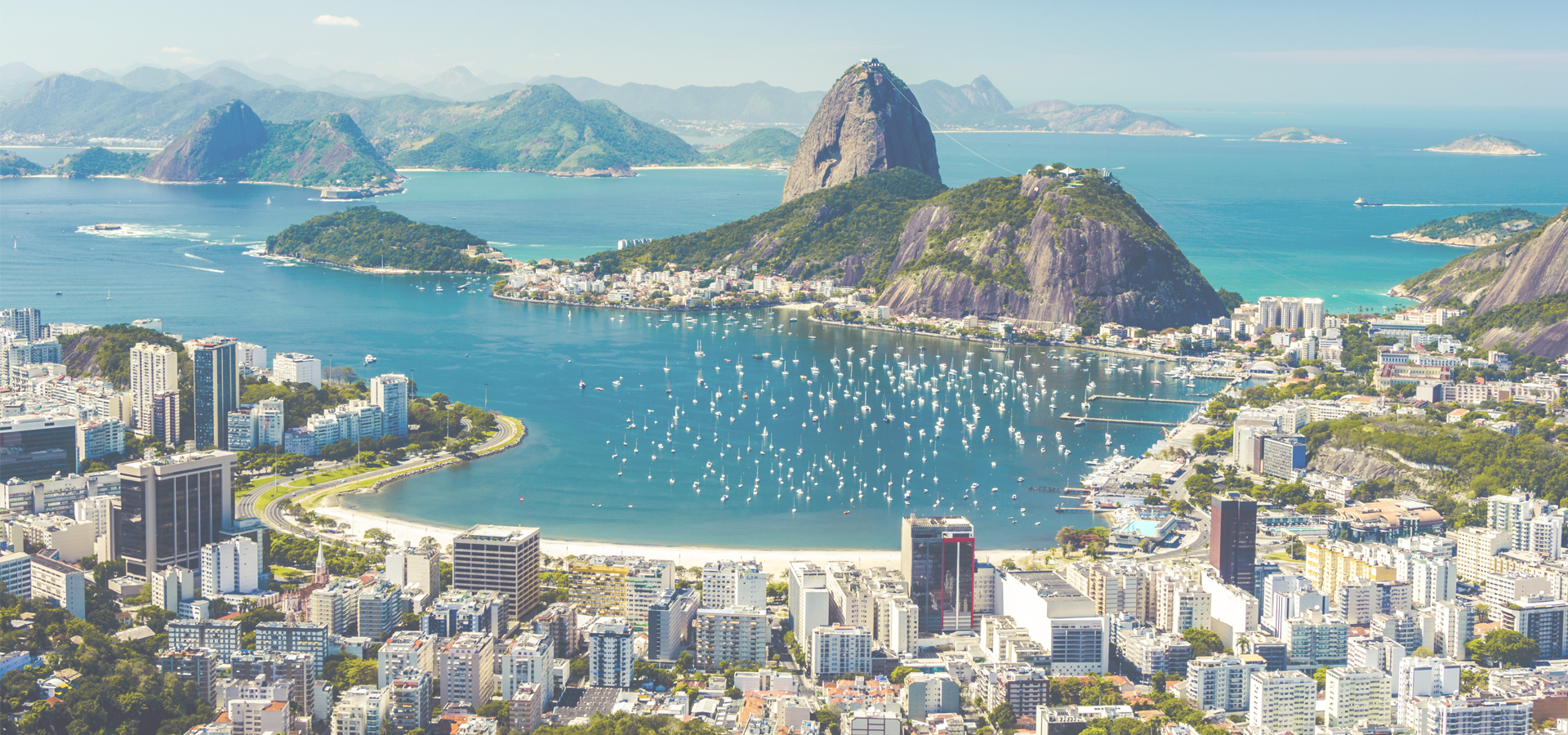Teresópolis, Rio de Janeiro State, Southeast Region, Brazil
🇧🇷 Teresópolis is a Brazilian municipality located in the state of Rio de Janeiro, in a mountainous region known as Região Serrana. The Serra dos Órgãos National Park lies partly within the city limits. The city is known as the home of the Brazil national football team, since it hosts CBF's training ground at Granja Comary.
History Before the arrival of the Portuguese to the area where Teresópolis lies today, in the 16th century, it was inhabited by indigenous Brazilians. In the following centuries, Portuguese started buying land there. The region was also occupied by a quilombo, formed by runaway slaves coming from sugar cane plantations near Rio de Janeiro.
In 1821, English citizen George March (born and raised in Portugal) established a farm there, which later became the most important settlement along the way between the court, in Rio de Janeiro, and the territory of Gerais (nowadays, the state of Minas Gerais), which led to the great improvement of agriculture and cattle raising.
The Brazilian imperial family was much impressed by the natural beauty and the climate of the region, which developed slowly so that in 1855 the settlement became a village that was named Freguesia de Santo Antonio de Paquequer.
The further development of the village was due to the traders that came from Minas Gerais in the way to Rio de Janeiro, and used the region as a resting stop. Finally, on July 6, 1891, the village became a municipality that was named Teresópolis ("city of Teresa"), after Empress Teresa Cristina, wife of Emperor Pedro II.
The uncontrolled growth of Teresópolis and other cities of the mountainous region near Rio de Janeiro led to the construction of a great number of houses in mountainous terrain or on the banks of rivers. This fact, together with a 24-hour rainfall that exceeded what was expected for the entire month, caused a series of floods and mudslides in January 2011. More than 400 people died and thousands lost their houses in the event, which is considered the worst weather-related tragedy in Brazilian history.
Geography According to the 2010 Brazilian Census, the city has a population of 163,746 within a land area of 770,6 km². The Serra dos Órgãos National Park is in the vicinity. Its predominant vegetation belongs to the Atlantic Forest type. The city is surrounded by forests and by well-known summits or peaks, because of which the city is known as the national capital of mountaineering. The most famous peaks are: • Peak of Pedra do Sino – 2,263 metres (7,425 ft) • Peak of Pedra do Açu – 2,230 metres (7,320 ft) • Peak of Agulha do Diabo – 2,020 metres (6,630 ft) • Peak of Nariz do Frade – 1,919 metres (6,296 ft) • Peak of Dedo de Deus – 1,651 metres (5,417 ft) • Peak of Pedra da Ermitage – 1,485 metres (4,872 ft) • Peak of Dedo de Nossa Senhora – 1,320 metres (4,330 ft)
Of these, Dedo de Deus ("God's finger") is the most famous.
The municipality contains the 4,397 hectares (10,870 acres) Montanhas de Teresópolis Municipal Nature Park, created in 2009 to protect a large area of Atlantic Forest. The municipality contained the 2,700 hectares (6,700 acres) Floresta do Jacarandá Environmental Protection Area, but this was extinguished in 2013. It contains the 7,500 hectares (19,000 acres) Bacia dos Frades Environmental Protection Area, created in 1990. The municipality contains 20% of the 46,350 hectares (114,500 acres) Três Picos State Park, created in 2002. It contains part of the Central Rio de Janeiro Atlantic Forest Mosaic of conservation units, created in 2006.
Rio de Janeiro

Teresópolis has a population of over 184,200 people. Teresópolis also forms part of the wider Rio de Janeiro state which has a population of over 17,264,943 people.
To set up a UBI Lab for Teresópolis see: https://www.ubilabnetwork.org Twitter: https://twitter.com/UBILabNetwork
Twin Towns, Sister Cities Teresópolis has links with:
🇧🇷 rio_de_janeiro, Brazil🇧🇷 Mogi Mirim -22.432
🇧🇷 Barra do Piraí -22.467
🇧🇷 Casimiro de Abreu -22.467
🇧🇷 Rio das Ostras -22.497
🇧🇷 Petrópolis -22.504
🇧🇷 São Gonçalo -43.059
🇧🇷 Petrópolis -43.182
🇧🇷 Copacabana -43.184
🇧🇷 Rio de Janeiro -43.204
Locations Near: Teresópolis -42.9666,-22.4123
🇧🇷 Petrópolis -43.182,-22.504 d: 24.4
🇧🇷 Magé -43.031,-22.64 d: 26.2
🇧🇷 Itaboraí -42.861,-22.748 d: 38.8
🇧🇷 São Gonçalo -43.059,-22.824 d: 46.7
🇧🇷 Nova Friburgo -42.534,-22.282 d: 46.8
🇧🇷 Rio Bonito -42.617,-22.7 d: 48.1
🇧🇷 Duque de Caxias -43.299,-22.781 d: 53.4
🇧🇷 Niterói -43.115,-22.888 d: 55.1
🇧🇷 Maricá -42.817,-22.917 d: 58.2
🇧🇷 Rio de Janeiro -43.204,-22.911 d: 60.6
Antipodal to: Teresópolis 137.033,22.412
🇯🇵 Amami 129.483,28.367 d: 19008.8
🇯🇵 Nago 127.978,26.592 d: 18988.2
🇯🇵 Ginowan 127.78,26.279 d: 18984.2
🇯🇵 Okinawa City 127.793,26.343 d: 18982.6
🇯🇵 Okinawa 127.809,26.409 d: 18981.2
🇯🇵 Urasoe 127.734,26.254 d: 18981
🇯🇵 Naha 127.702,26.199 d: 18980.4
🇯🇵 Tomigusuku 127.667,26.15 d: 18979.1